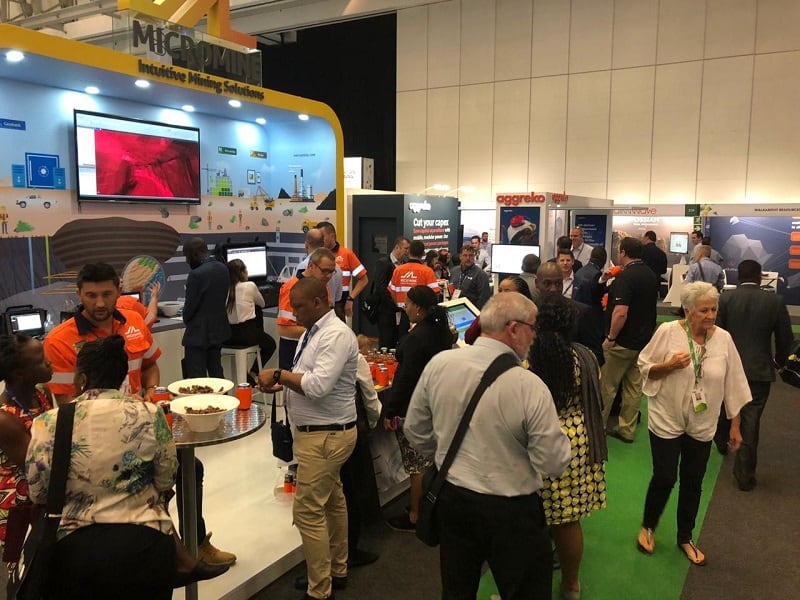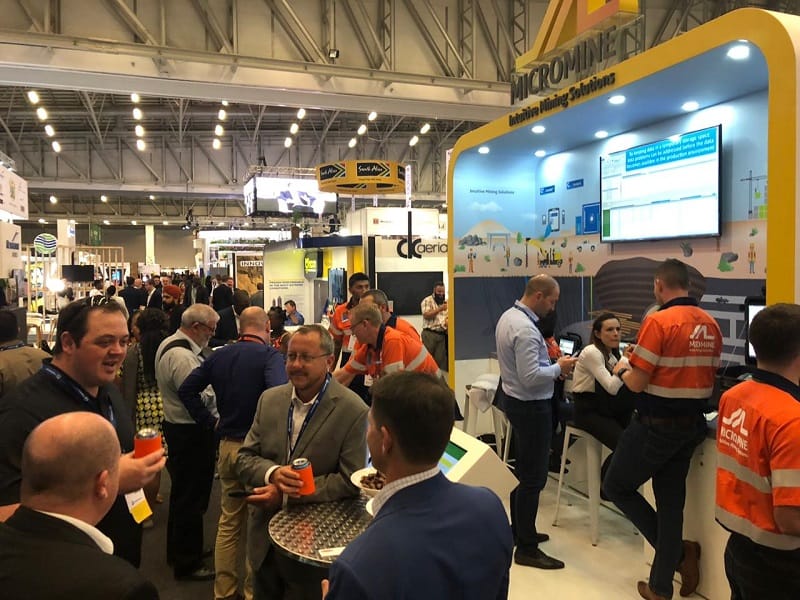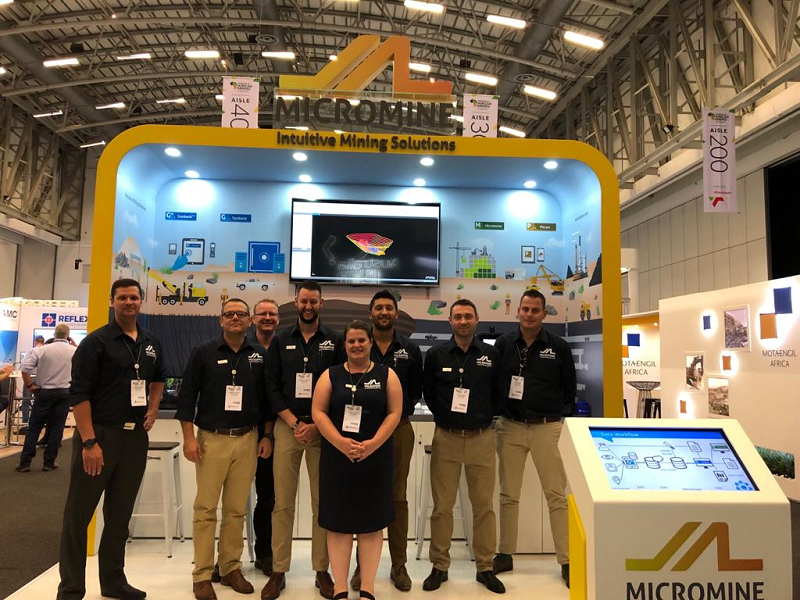 The 2019 Investing in African Mining Indaba has come and gone. The 4-day event was full of showcases, presentations, junior mining companies, investors, politicians, ministers and suppliers.
The 2019 Investing in African Mining Indaba has come and gone. The 4-day event was full of showcases, presentations, junior mining companies, investors, politicians, ministers and suppliers.
The best and most notable part was the optimism in the air. Everyone was excited for the year ahead and optimistic about the upturn, albeit an expected slow upturn, in the mining industry. New projects and new focus on the EV based minerals were some of the key ingredients to a successful year.
Acting President of the Republic of South Africa, Cyril Ramaphosa, was in attendance, and it was the first time a sitting South African President had addressed delegates. The main auditorium was filled to capacity, with multiple screens and speakers in the exhibition halls also showing the Presidents speech.
One of the main topics was land expropriation without compensation. Ramaphosa said their approach was to, “Enhance, rather than undermine property rights.” The appointment of Gwede Mantashe as the Mineral Resource Minister in February 2018 was a tactical move to temper the relationships between mining companies and government. Subsequently, the mining charter has now been finalised and their continual discussion with industry and government around what is best for both South Africa and mining companies, continue. This is reiterating the commitment to attracting investment and stimulating economic growth.
The President also noted some factors to be successful and productive in the South African mining industry:
- Pursue Inclusive growth
- Partnering with local government
- Invest in housing, skills and health and safety
- Bringing workers into the shareholding structure of the business

President Cyril Ramaphosa has put good measures in place to increase investor confidence and confidence in what the future of South Africa’s mining industry will hold. His speech ticked all the right boxes for those listening and received a rousing round of applause when he was finished.
The focal point was on technology and innovation and how to utilise and make use of the disruptive technology in the market. Most mines have been stubborn and haven’t made changes in the way they operate. Clive Govender, CEO of CGC Consulting Services said, “mines need to re-evaluate their life cycle and identify a balance between mine assets and mining technology in order to thrive”.
Another interesting thought was that of Barun Gorain, Chief Technology and Innovation Officer at Vedanta Resources, who mentioned the way forward for Vedanta Resources was to reduce the mines footprint, not create tailings dam and have a centralised processing plant on their mine sites. Therefore, saving money on major logistical and transport expenses. The environmental impact of these mines would also be less affected. His point was to look at fine tuning the whole process and then looking at digitising the mining operation. Without the former, digitisation would not work effectively.
Rio Tinto’s Chief Executive of Energy and Minerals, Bold Baatar took a different stand and said the focus of the future won’t be where digitisation is going, that wheel is already turning, but more of what will the workforce of the future look like. One of the biggest costs for a mine in Africa is personnel, and this number is growing every year due to wage negotiations and strikes by the labour unions, especially in South Africa. Baatar a few years ago said the annual expenditure budget was $18 billion, this has since shrunk to just $6 billion, and of that $6 billion almost $5 billion is allocated to maintenance and operation costs, leaving $1 billion for innovation and business improvement. Scary stuff considering Rio Tinto is one of the biggest mining houses in the world.
What can we take from Clive, Barun, and Bold? Simple, a successful mining operation cannot stand still, there are strategies and plans in place that are going to keep operations moving forward, this is positive for the junior miners.. Companies who supply software, equipment, and technology to the mines will also need to adapt and innovate to keep up with the needs of these mines. The Investing in African Mining Indaba was almost a signal, indicating the tide is turning, but only those willing to adapt, innovate, and think more strategically ahead will come out on top.








